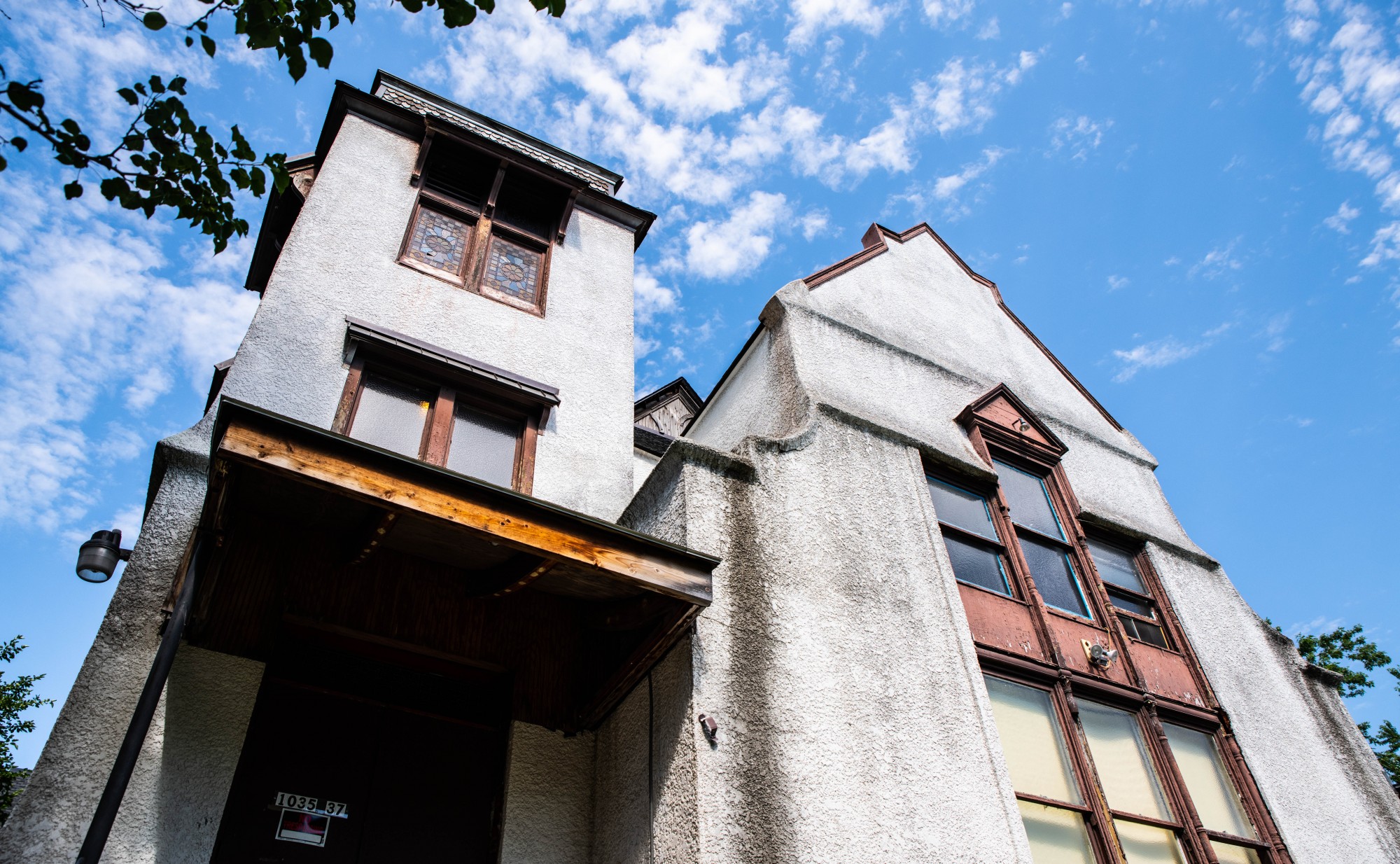City stakeholders are evaluating how current Minneapolis planning guidelines may affect development in University-area neighborhoods.
Ward 2 city council member Cam Gordon is spearheading conversations about how University neighborhoods might be adversely affected by the Minneapolis 2040 Plan compared to other parts of the city. He hopes to form a working group of neighborhood representatives and others this fall to address concerns with 2040 Plan guidelines.
Parking requirements were previously a mechanism to help keep bedroom count low in the University District, said Jason Wittenberg, the city’s manager of code development. Zoning in the area typically requires one parking space for every two bedrooms, but under the new 2040 Plan, there are no parking space requirements citywide.
“I want us to have a bigger discussion about how we can use the [University] Overlay District to maybe better manage potentially what might happen in the area,“ Gordon said. “I want to use the Overlay district that we already have to perhaps create some additional regulation.”
A proposed redevelopment of the Como Congregational Church exemplifies the need for a specific plan to guide developments in University District neighborhoods, said Larry Crawford, a Southeast Como resident living near the site.
In February, the Northland Real Estate Group sought to replace the church, located at 1035 14th Ave SE, with a two-story building including nine units, which would total 39 bedrooms and 10 parking spaces.
At a Southeast Como Improvement Association meeting in February, representatives with the church’s development team said that based on their research, one parking space per unit is sufficient. Multiple neighbors objected, noting that student renters will not be deterred due to limited parking spaces. Instead, they argued, students will park in the street, limiting the parking availability for the area.
The site is located in an interior residential block and, by 2040 Plan guidance, should be small scale and have limited units. For this reason, developers can decide to lower units but not bedroom numbers, Gordon said.
The church developer proposed about 4.3 bedrooms per unit, with each bedroom costing between $600 and $800 per month for about 383 square feet. Crawford said this would exploit students with a cramped space at a high price.
“Nothing like this is happening anywhere else in the city because it simply wouldn’t fly … They can get away with this because they can exploit the vulnerable students trying to attend the University of Minnesota,” said Crawford, who also represents Concerned Como Neighbors, a neighborhood group formed to stop the development. “The student hasn’t got any other choice.”
Ambiguity about mismatched requirements for standard city zoning and the 2040 Plan also creates a way for developers to propose new projects that do not meet standards, like the recent church proposal, which has since died, Crawford said.
“It’s pretty challenging when our regulations and our policies are significantly out of alignment,” Wittenberg said. “It’s challenging for our staff, it’s challenging for people who want to propose projects in the city.”
The 2040 Plan, which outlines future goals for development in the city, went into effect Jan. 1 but not all of the city’s current zoning has yet been made to align with the new 2040 plan guidelines.
“[The working group] also would allow us to maybe have an extra layer of oversight or regulation on what happens … It’s mostly about looking at the unique characteristics of the district,” Gordon said.








